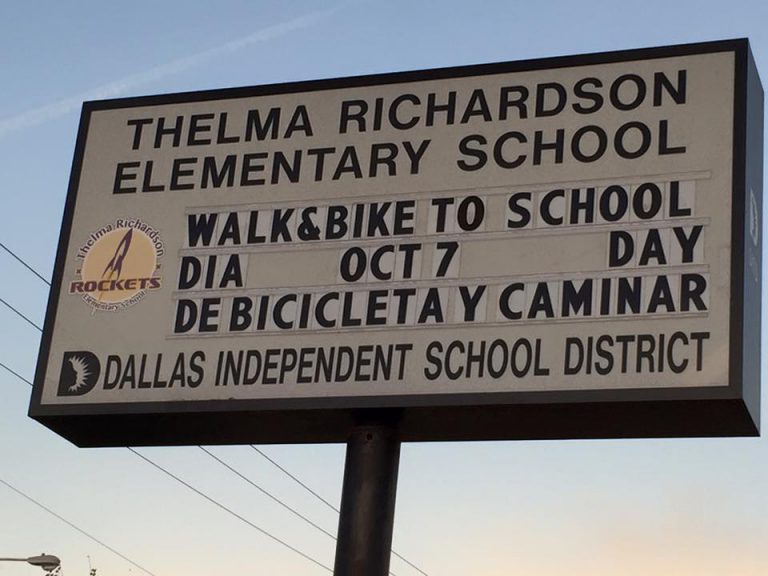In honor of International Walk to School Day on Oct. 7, The Hub has compiled nine tips for safely walking to school.
The benefits of walking to school extend beyond the joy and independence felt by the students on their journey. Establishing a habit of walking to school also promotes a healthier lifestyle, reduces traffic congestion with less vehicles on the roads, and improves neighborhood connections and a sense of community.
The key for parents and children alike is establishing safe routes and behaviors for walking to school. Teaching kids how to walk safely involves discussing basic routines the necessity to avoid distraction. Here are the nine tips:
- Begin showing kids at an early age to look left, right, and left again before crossing the street. Remind them to keep their heads up and look around until safely across.
- Sidewalks and paths are always safest. Cross at street corners using traffic signals and crosswalks whenever possible. If no sidewalks are present, walk facing traffic as far to the left as possible.
- Kids should attempt to make eye contact with drivers before crossing an intersection.
- Children under 10 need to cross the street with an adult. While all children develop at different rates, most kids cannot judge the speed and distance of oncoming cars before 10.
- Emphasize that they should never run or dart into the street, or cross between parked cars.
- If children are walking when it’s dark, they need to be especially alert and wear light- or brightly- colored clothing and reflective gear. Reflective tape can turn any jacket or vest into safety gear.
- Older kids need to put phones, headphones and mobile devices down when crossing the street.
- Teach children to be aware of other pedestrians, and to speak up if they see someone in harm’s way.
- If your child carries a cell phone, teach them to stop walking and find a safe place to talk.
For more resources on establishing safety habits surrounding walking to school or around your neighborhood, visit Safe Kids Worldwide.

